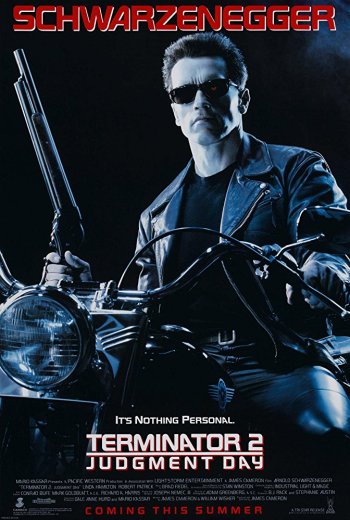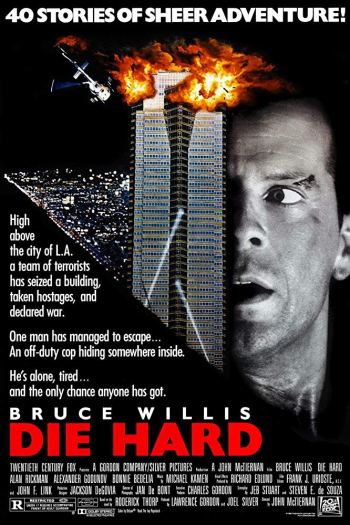Another movie commits wrong by modern standards. Late in On the Waterfront, Terry Malloy goes to the apartment of a woman, Edie, and bangs on her door demanding entry. She repeatedly says “No.” He kicks through the door and forces himself on her as she resists, until she melts against his grip. He helped kill her brother, he is an idiot who can’t count and chews gum with his mouth open, yet she relents for kissing.
What to think? On the Waterfront is revered as a Hollywood classic. From its first scene – a murder – the conflict is deep and compelling. The mob, bossed by a maniac with a scar across his throat, is enriching itself while brutalizing blue-collar workers on New York’s docks. A priest resolves to lead a resistance. The man who could beat the mob in court with his testimony, Malloy, is a sad-sack self-described “bum.” Malloy’s brother helps run the maniac’s mob.
The famous scene is Marlon Brando, as Terry Malloy, in a cab with the brother. “I coulda been a contender.” He gave up glory, and his brain, for nothing. He personifies regret. Brando plays Malloy as twitchy, shifty-eyed, groping himself. The things he does with his body are distracting and strange, and he sounds drunk. Yet by the end he’s changed, chosen dignity, and those obnoxious mannerism are gone.
This flick has everything I (we?) could want. It won all the Oscars. It still lives near the tops of Best-of-all-time lists. It entertains and the themes are timeless.
But, God damn, why’d he have to assault Edie? Why’d she let him? (Possibly for her safety.) I don’t want to care, but here we are.
I (we?) can enjoy The Set-Up and On the Waterfront as (in part) time machines to less-enlightened eras. Artworks from 1949 and 1954 can’t change their minds like culture can. Knowing will have to be enough.
Chanting “Send her back” at Trump rallies is the act of idiots who chew gum with their mouths open. Even if they can’t come completely around, Trump’s followers, especially the kids, should evolve and save their souls.




